Everyday items often go unnoticed, yet they play a major role in shaping our habits and the environment around us. One such item is the pappedeckel, the German word for cardboard lid. While it might sound trivial at first, this small piece of packaging has become a key player in the fight against plastic waste. Whether you grab a coffee on the go, take home food from a market, or store baked goods in a box, chances are a pappedeckel has been part of the experience. This guide dives deep into its history, uses, benefits, challenges, and future—offering you a clear picture of why it’s more than “just a lid.”
What Is a Pappedeckel?
A pappedeckel is essentially a cardboard lid used to cover cups, containers, or food boxes. It serves as a protective top, keeping contents warm, fresh, or secure while offering an eco-friendly alternative to plastic. The term comes from German, where Pappe means cardboard or paperboard and Deckel means lid.
In English, the term translates to cardboard lid, though you might also hear it described as:
- Paper lid
- Recyclable lid
- Eco-friendly cup cover
- Compostable coffee lid
This versatile item has become especially relevant in the last decade, as sustainability shifted from a buzzword to a global necessity. With plastic bans spreading across Europe, Asia, and North America, cardboard lids like the pappedeckel stand at the center of eco-conscious packaging.
The History and Evolution of Pappedeckel
Although disposable packaging has existed for centuries in different forms, the rise of pappedeckel can be tied directly to consumer demand and environmental pressure.
Early Uses of Pappedeckel
Cardboard lids first appeared in bakeries and cafés, mainly to protect goods from dust and help with transport. In the mid-20th century, as disposable coffee culture expanded, so did the demand for lightweight, single-use lids.
Industrial Growth
By the 1980s and 1990s, global coffee chains like Starbucks and McCafé popularized the idea of “coffee-to-go.” While plastic lids dominated at first, regional players in Germany and Scandinavia began experimenting with cardboard alternatives due to stricter environmental laws.
Modern Eco-Friendly Trends
In the 2020s, sustainability laws accelerated this shift. The EU’s Single-Use Plastics Directive banned several plastic products, pushing the food service industry toward paper and cardboard solutions. Today, the pappedeckel is widely recognized as both a practical and eco-conscious choice.
Types of Pappedeckel
Cardboard lids aren’t one-size-fits-all. They’re designed for different purposes across industries.
Coffee Cup Lids
These lids fit snugly onto disposable paper cups, keeping drinks hot and preventing spills. Many include sipping holes or reinforced edges.
Food Container Lids
Used in bakeries, delis, and takeaway services, these lids cover everything from salad bowls to pastry boxes. They’re often coated with a thin biodegradable layer for moisture resistance.
Specialty Pappedeckel
Businesses frequently order customized lids with logos, colors, or promotional designs. These specialty lids not only serve a functional role but also reinforce brand identity.
Comparison Table:
| Type | Common Use | Eco Impact | Customization Options |
| Coffee Cup Lid | Hot beverages | Compostable options | Logo printing |
| Food Container Lid | Bakery/deli packaging | Recyclable | Sizes & shapes |
| Specialty Lid | Events/branding | Depends on material | Colors & graphics |
Why Pappedeckel Matters in a Sustainable World
The impact of replacing plastic with cardboard lids is far-reaching. Every year, billions of plastic coffee lids end up in landfills or oceans. Switching to pappedeckel provides a tangible solution.
Key benefits include:
- Plastic reduction – One lid at a time reduces overall plastic dependency.
- Recyclability – Cardboard breaks down faster than petroleum-based plastics.
- Cost efficiency – Production costs are often lower than advanced plastics.
- Eco-conscious branding – Customers notice businesses that prioritize the planet.
Case in point: A 2022 study by European Bioplastics found that coffee shops using compostable cardboard lids improved customer satisfaction scores by nearly 20%.
Pappedeckel in Daily Life
While many people associate cardboard lids only with coffee, their role extends far beyond that.
Coffee Culture
The rise of specialty coffee shops has boosted demand for sustainable lids. Customers often prefer cafés that provide eco-friendly options—even if they cost a few cents more.
Street Food Packaging
Food trucks, outdoor markets, and festivals rely heavily on disposable containers. Pappedeckel lids keep portions secure while highlighting sustainability.
Household Uses
Beyond food, cardboard lids are handy for DIY storage solutions, crafts, and children’s art projects. They often become part of creative reuse efforts in homes.
Pappedeckel vs Plastic Lids
A direct comparison highlights the advantages and limitations of cardboard alternatives.
Environmental Comparison
- Plastic takes 500+ years to decompose.
- Cardboard decomposes naturally within months if untreated.
Cost and Availability
- Plastic still dominates in global markets due to established supply chains.
- Cardboard options grow cheaper as demand increases and production scales.
User Experience
- Plastic lids are often sturdier in wet conditions.
- Pappedeckel lids perform well for moderate use and align with eco-conscious choices.
Quick Comparison:
| Feature | Plastic Lid | Pappedeckel |
| Biodegradable | No | Yes |
| Recyclable | Rarely | Commonly |
| Cost | Low–Medium | Medium |
| Branding Options | Limited | Wide |
Innovations in Pappedeckel Design
The future of cardboard lids is filled with innovation.
- Leak-proof technology: Manufacturers use biodegradable coatings to handle hot liquids better.
- Insulation improvements: Double-layered designs reduce heat transfer for safer handling.
- Biodegradable coatings: Plant-based coatings replace plastic films.
- Branding options: High-quality printing allows businesses to promote logos and messages.
Quote from a packaging expert:
“Cardboard lids aren’t just practical—they’ve become a silent ambassador for eco-conscious businesses.”
How Businesses Can Benefit From Pappedeckel
For companies, adopting cardboard lids is more than a compliance move; it’s a marketing opportunity.
Business advantages include:
- Standing out as environmentally responsible.
- Meeting sustainability laws and regulations.
- Building customer loyalty among eco-conscious buyers.
- Reducing long-term costs as plastic alternatives get taxed.
Many major chains, such as Pret A Manger and Costa Coffee, have already transitioned to recyclable lids, setting industry standards others are expected to follow.
Challenges of Using Pappedeckel
Of course, cardboard lids come with challenges.
- Moisture resistance: Without coatings, they can weaken with hot drinks.
- Supply issues: Rising demand sometimes causes shortages.
- Storage: They require careful handling to avoid damage before use.
However, manufacturers continue to improve durability and logistics.
Future of Pappedeckel
The cardboard lid market is expected to expand rapidly in the coming decade. Experts predict:
- Market growth: Global demand could grow by 12% annually through 2030.
- Circular economy integration: Recycling and composting systems will streamline their reuse.
- Material innovation: Future lids may use seaweed, bamboo, or agricultural waste fibers.
As consumer awareness grows, the pappedeckel will likely become the standard lid across multiple industries.
FAQs About Pappedeckel
What does pappedeckel mean in English?
It translates to cardboard lid.
Are cardboard lids safe for hot drinks?
Yes, modern designs withstand heat and prevent spills.
Can you recycle pappedeckel everywhere?
In most regions, yes, especially if they’re uncoated or use plant-based coatings.
Why do businesses prefer cardboard lids?
Because they meet eco-laws, appeal to green-minded customers, and often reduce costs in the long term.
Conclusion: The Significance of Pappedeckel Beyond Its Role as a Cover
The pappedeckel might seem insignificant, yet it represents a shift toward smarter consumption and eco-friendly practices. It symbolizes how even the smallest items can make a difference in reducing waste and building a greener future. Businesses that embrace this change don’t just comply with regulations—they build stronger relationships with environmentally aware customers.
In the end, the cardboard lid stands as proof that sustainable design and practical needs can coexist. Next time you sip from a takeaway cup or unbox fresh pastries, notice the lid. Chances are, it’s carrying more weight than you think.
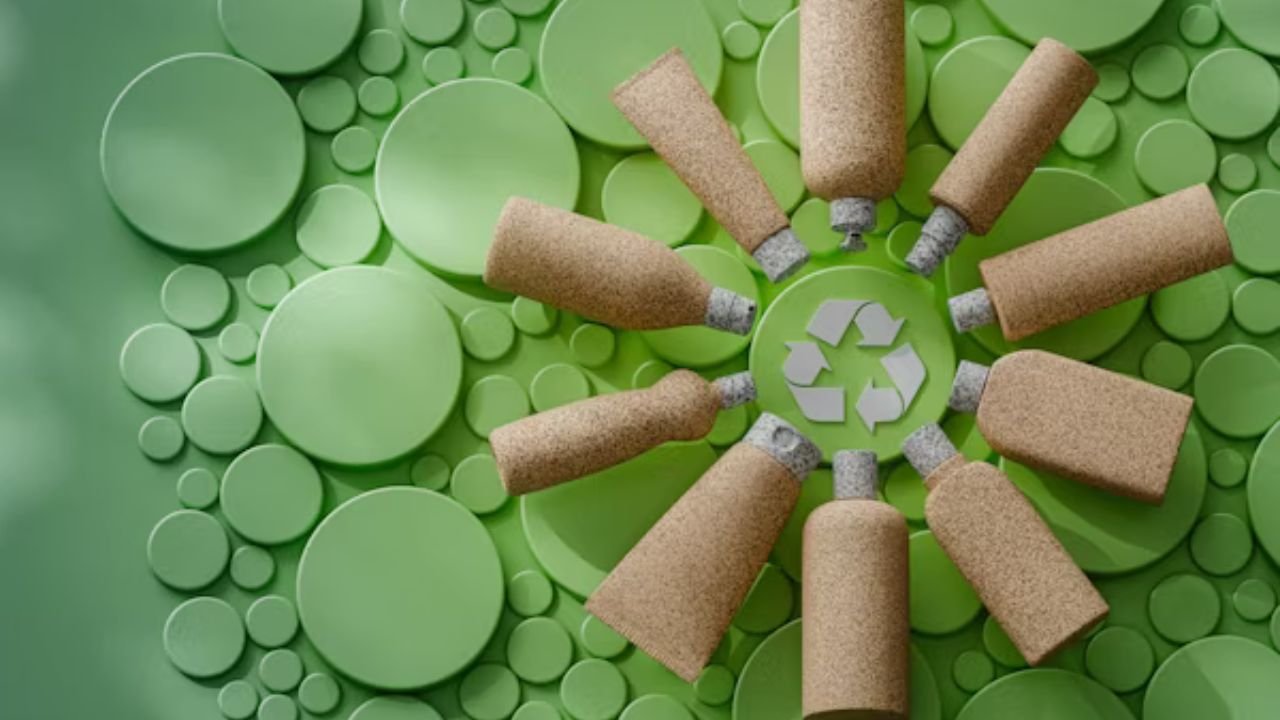
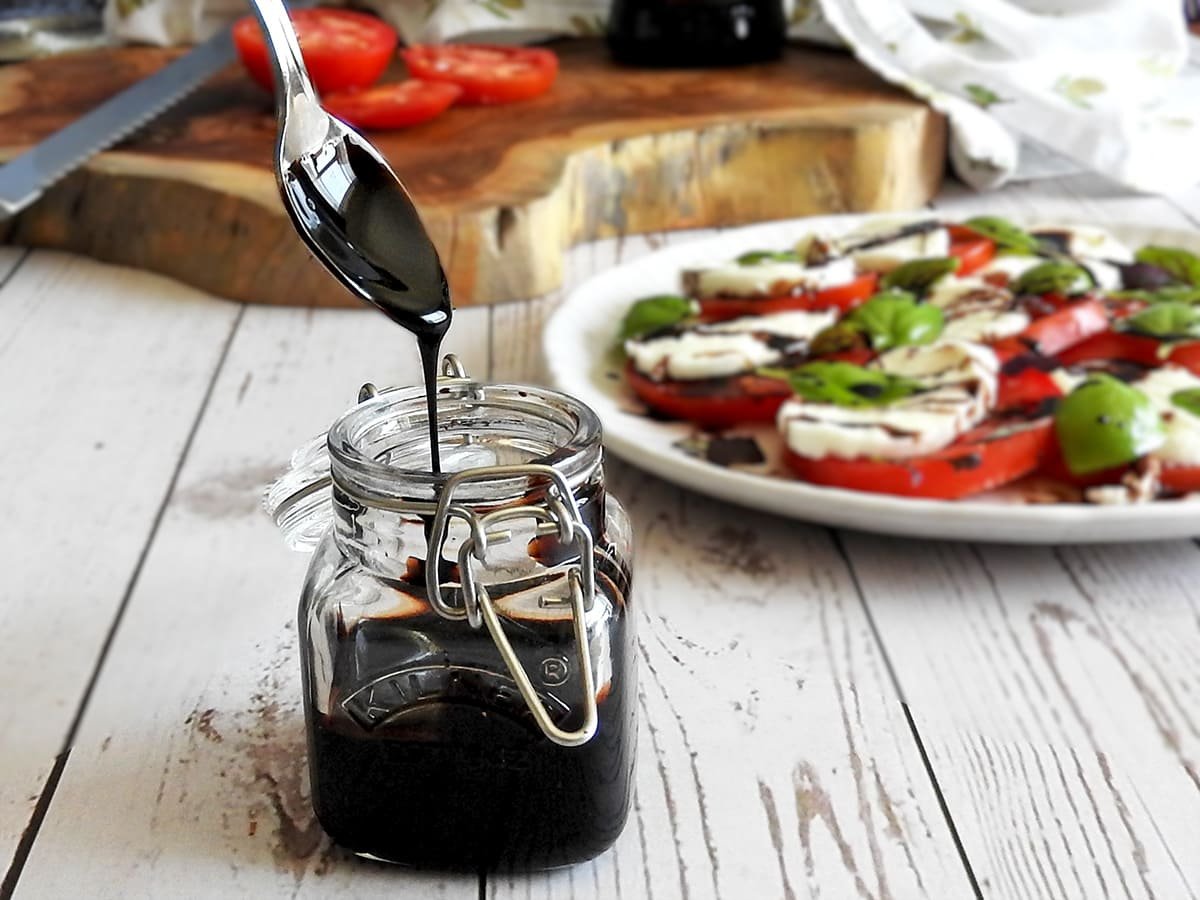
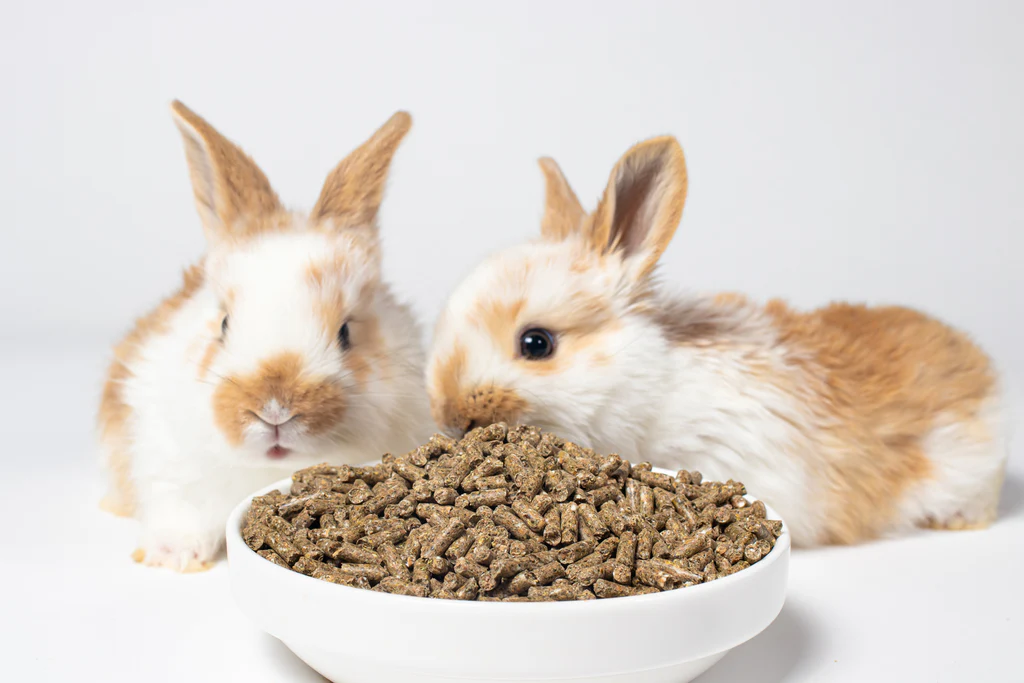
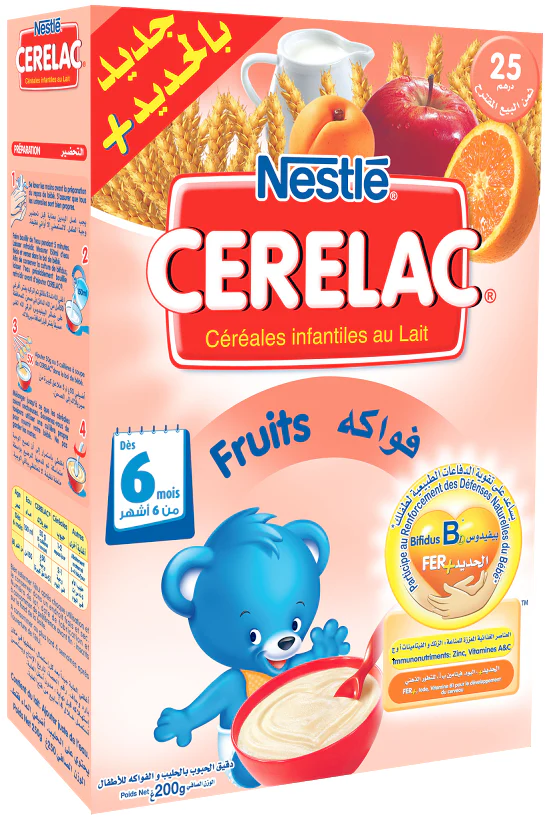
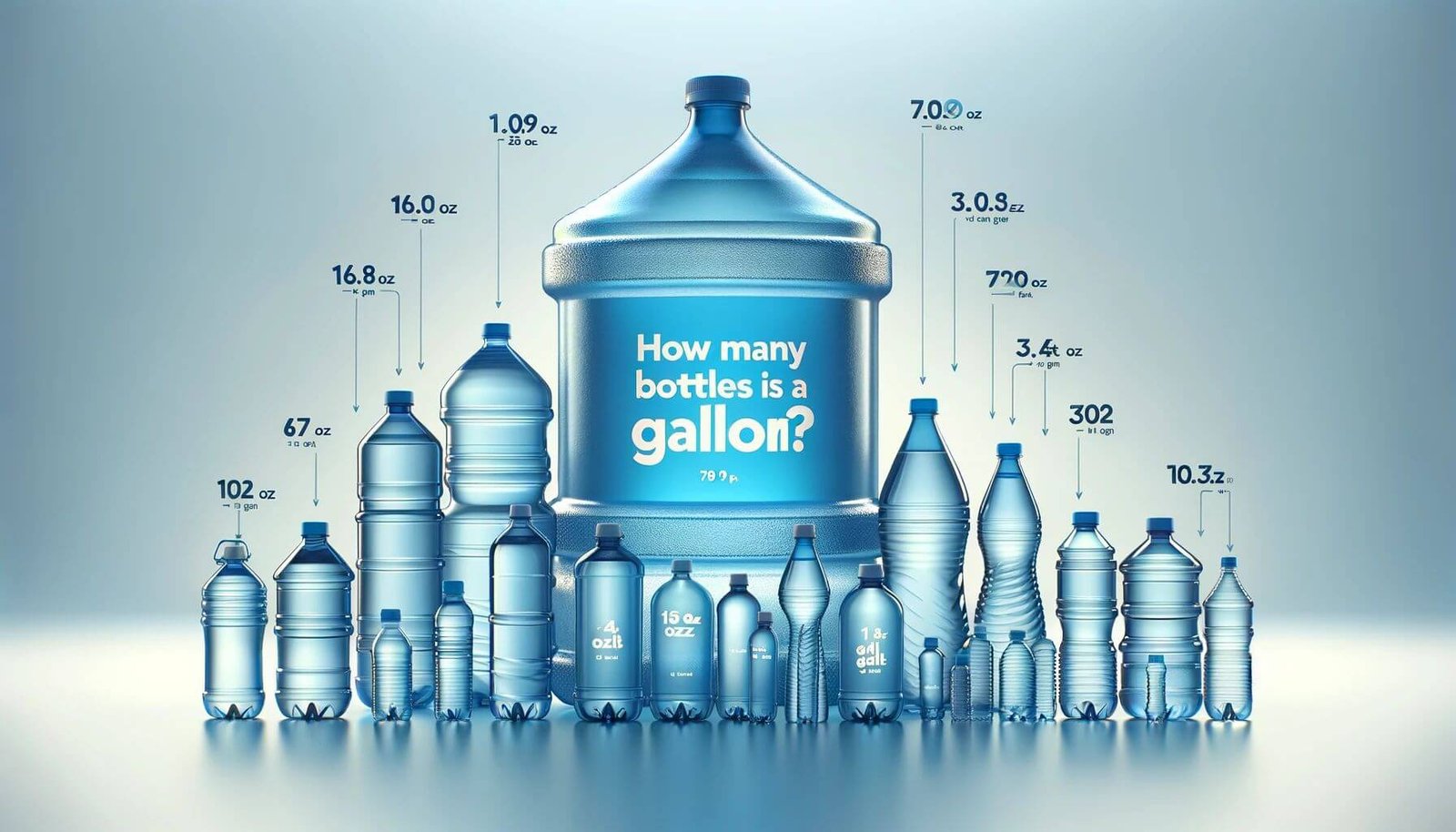
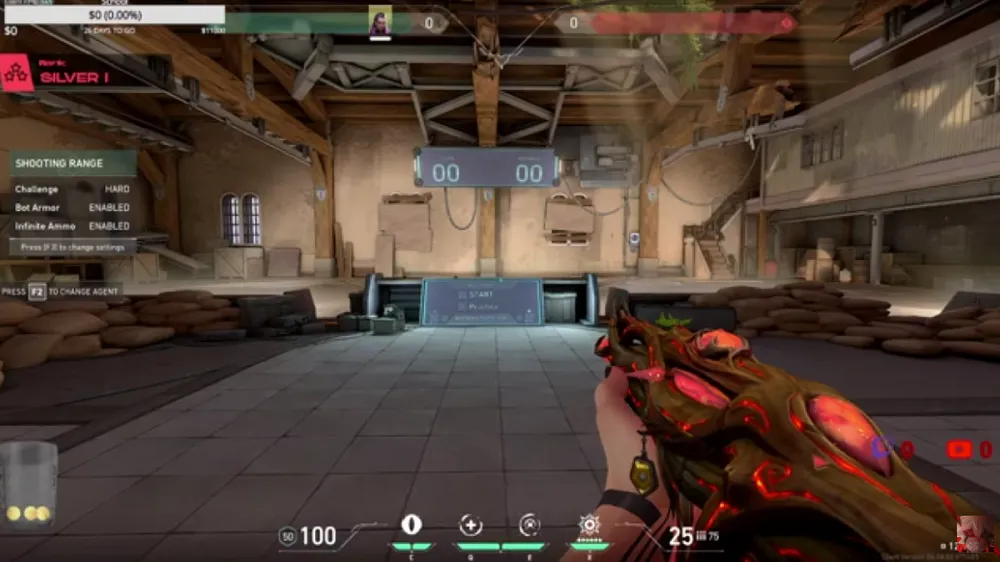

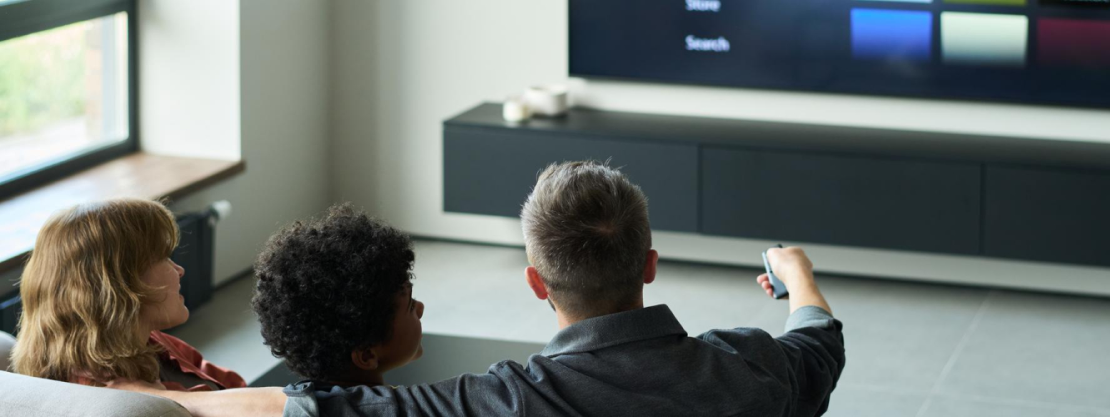
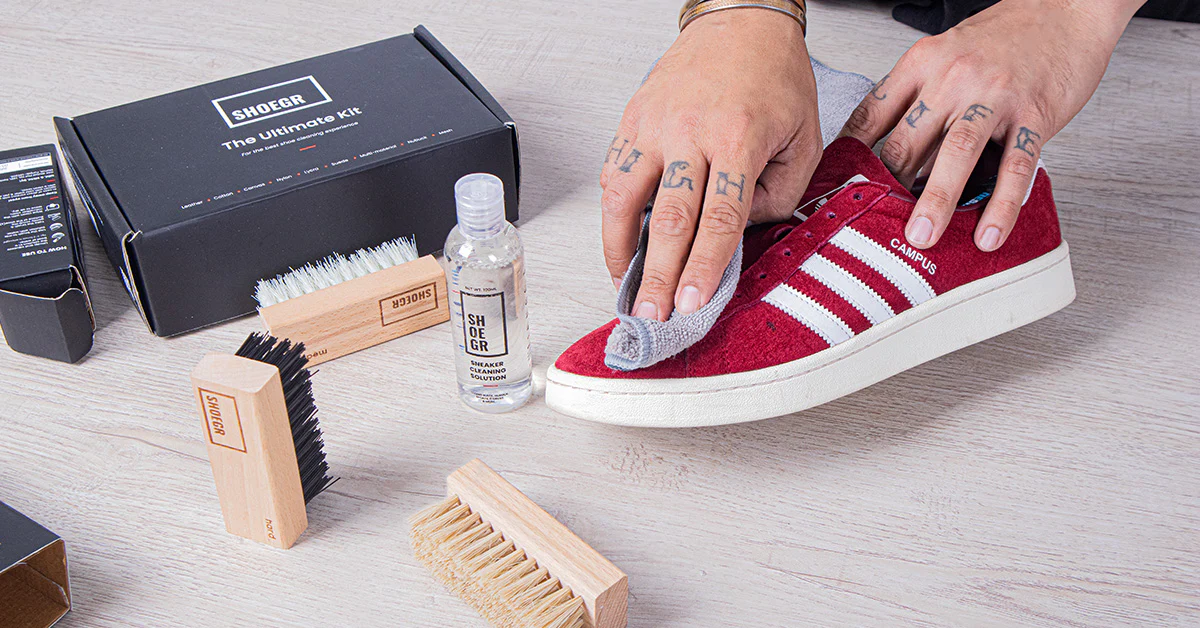
Leave a Reply